A Guide to Trekking to Everest Base Camp: Training and Preparing
To visit Everest Base Camp is high on many people’s wish lists. Whether to enjoy the breathtaking landscapes, savour the iconic history or simply say ‘I was there’, it remains one of the great objectives for every walking enthusiast. However, it’s not without its challenges.
The trek involves steep climbs, high altitudes, and long days of hiking. This makes training for Everest Base Camp essential to ensure a safe and enjoyable experience. Proper preparation, including physical and mental training, acclimatisation, and the right gear, can make all the difference.
So, if you’re thinking about going, but aren’t sure what it involves, this is part one of our comprehensive guide to the world’s greatest trek. Read on to discover how best to train and prepare, ensuring you’ll be well-equipped to tackle the challenges and fully enjoy the incredible adventure of reaching Everest Base Camp.
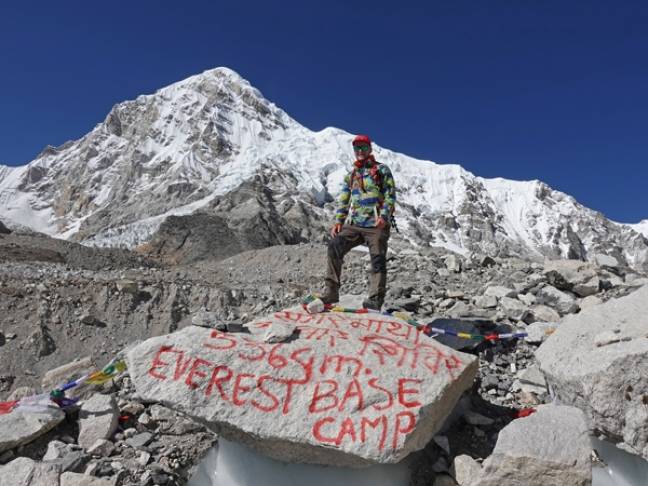

Is Everest Base Camp Hard?
Trekking to Everest Base Camp (EBC) is a challenging yet very achievable and rewarding adventure. Trekkers will travel through diverse scenery, including lush river valleys, dramatic rock faces, suspension bridges, and traditional Sherpa villages. The route steadily climbs from Lukla (2,860 metres) to EBC (5,364 metres) over a period of about 12-14 days, including acclimatisation breaks to help your body adjust to the altitude.
So, is Everest Base Camp hard? In short, yes and no. The trek demands a good level of fitness due to the steep climbs and high altitude. Training for Everest Base Camp is crucial as it prepares you for the physical exertion and helps your body cope with lower oxygen levels. Expect to walk 5-7 hours daily, with some sections being more strenuous than others.
One of the most significant challenges is altitude sickness, which can affect anyone regardless of fitness level. Symptoms can include headaches, nausea, and dizziness. Weather conditions can also be unpredictable, ranging from sunny days to sudden snowstorms, adding another element of potential difficulty. The terrain underfoot varies from dusty paths to rocky morraine, and the higher you go, the thinner the air becomes, which can impact how tired you feel.
Despite these challenges, the trek to Everest Base Camp is conducted at a relatively steady pace. With proper Everest Base Camp training, most people find the trek perfectly manageable. Regular rest days for acclimatisation and a well-planned itinerary are key and the camaraderie among trekkers and the incredible views of the Himalayas make the effort worthwhile. Reaching EBC is a significant achievement, and those who prepare adequately have the adventure of a lifetime.
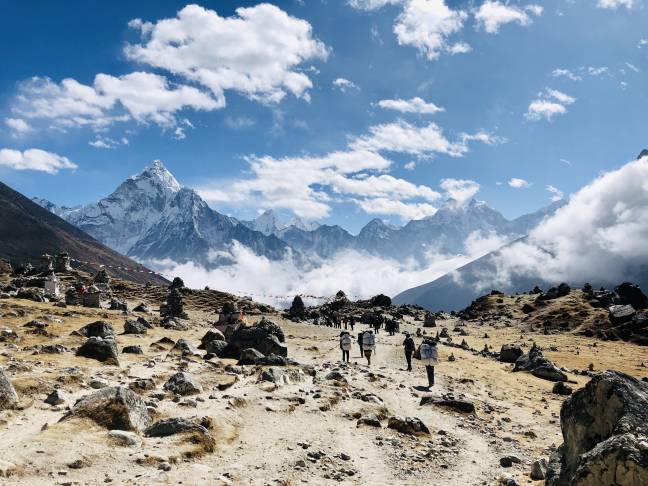

When is the Best Time to Do Everest Base Camp?
You can trek to Everest Base Camp almost anytime outside the monsoon months of June to September. The two most popular periods are March to early May and October to November. In spring, the lower trails are lined with colourful wildflowers, and you may encounter expeditions at Base Camp. Daytime temperatures at this time of year can be hot and humid (particularly lower down the trail) with afternoon clouds.
Post-monsoon, mid-October to mid-November, has traditionally been considered the premium time to trek with clear skies and warm days, but trails and lodges are busier. To avoid crowds and enjoy clear skies, late November or December is a great option, though it will be colder, especially at night and at higher altitudes. But as long as you have well-layered clothing, a four-season sleeping bag, and a warm duvet jacket (which are provided free-of-charge by Mountain Kingdoms), you’ll stay warm and snug.
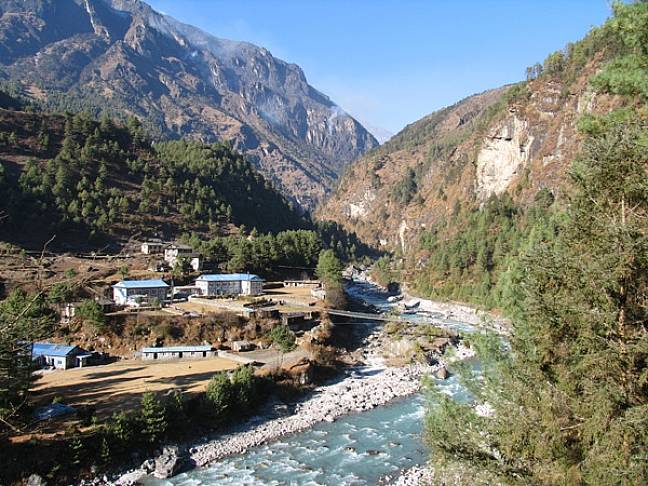

How to Train for Everest Base Camp
Training for Everest Base Camp is crucial to ensure you enjoy every moment of this incredible adventure. Preparing well in advance, ideally 8-12 weeks before your trek, will set you up for success. Here’s how to effectively approach your Everest Base Camp training, focusing on physical training, acclimatisation, mental preparation, and nutrition.
Physical Training
Cardiovascular Fitness
Building cardiovascular endurance is the foundation of your training for Everest Base Camp. This helps your body efficiently use oxygen, which is vital at high altitudes. To improve your cardiovascular fitness, you should regularly be doing activities like running, cycling, swimming, and walking.
Aim to do some form of cardio most days of the week, gradually increasing the duration and intensity over time. Whether it’s a morning run, a weekend bike ride, or swimming laps, these activities will enhance your stamina and prepare your body for the conditions you'll encounter on the trek.
Strength Training
While cardiovascular fitness gets you moving, strength training is what helps you manage the physical demands of trekking to Everest Base Camp. Focus on building muscle strength, particularly in your legs, to handle the steep inclines and rugged terrain.
Since you'll only be carrying a day pack, upper body training isn’t as important. Incorporate exercises like squats, lunges, and step-ups into your routine and try to aim for 1-3 strength training sessions per week. These exercises will boost your leg strength and stability, making those long, uphill climbs more manageable.
Endurance Training
Endurance training is essential for preparing your body for the long trekking days ahead. The best way to build this stamina is through lots of walking, ideally on multi-day hikes. Ideally, you need to be doing this in areas which have routes with uneven terrain, incorporating hills and mountains whenever possible. Snowdonia, the Lake District, Scotland, or even coastal paths with plenty of ascents and descents are excellent locations to train in.
Practice walking with the daypack you'll be carrying on your trek and use your trekking poles if you plan to use them during the actual experience. Lightweight and packable trekking poles are recommended as they help reduce strain on your joints and improve stability.
Acclimatisation
Acclimatising to high altitudes is the one aspect of training for Everest Base Camp that is difficult to do in advance. You only know how your body will cope with the thin air when you start trekking. The risk of altitude sickness (headaches, nausea, dizziness) increases as you ascend which is why all good trek itineraries adopt a gradual approach and incorporate rest days. While the effects of altitude are minimal for most trekkers, everyone will experience slightly depleted energy levels.
The best aid to acclimatisation on trek is to eat and drink plenty. The staff in tea houses and camps will provide you with lots of fluids, so you should aim to drink 2-3 litres a day. Given the higher calorie expenditure, you should make sure you eat enough to sustain your energy levels.
As it’s very difficult to emulate conditions when trekking to Everest Base Camp, there's no real way to train for acclimatisation, but you can prepare by staying informed. We recommend downloading the ‘Travel at High Altitude’ booklet produced by Medex. This guide offers valuable insights to help you understand and manage the effects of high altitude, complementing your Everest Base Camp training and enhancing your trekking experience.
Mental Preparation
Trekking to Everest Base Camp can be mentally challenging, so maintaining a positive mindset is important. Techniques like meditation and visualisation can help you stay focused and calm. Practice setting small, achievable goals each day to keep yourself motivated. By incorporating these strategies into your Everest Base Camp training, you'll build the mental resilience needed to overcome the challenges and fully enjoy the incredible journey.
Nutrition and Hydration
Proper nutrition and hydration are essential aspects of training for Everest Base Camp. A balanced diet before and during the trek helps you build muscle and stay healthy. During your Everest Base Camp training, increase your intake of calories, protein, and nutrients to support your body's increased demands.
Nutrition
Before you set off on your expedition, pack high-energy foods for snacking during your trek, but be mindful of luggage weight limits. On the trail, you'll eat in tea houses or trekking lodges, with plenty of rice, carbohydrates, and protein-rich foods available. Expect to be served plenty of dal bhat, a delicious lentil soup with rice. Sherpa guides and trek crews often eat nothing else during the day as it’s a very nutritious meal that provides sustainable energy.
Hydration
Staying hydrated is crucial, especially at high altitudes. Drink plenty of water, aiming for at least 2-3 litres a day. You can carry a reliable water purification method, such as purification tablets or a filter, to ensure you always have access to safe drinking water throughout your journey. However, your trek leader will always ensure that any drinking water you are provided with in the tea houses has been boiled correctly. Proper hydration will help you maintain your energy levels and reduce the risk of altitude sickness.
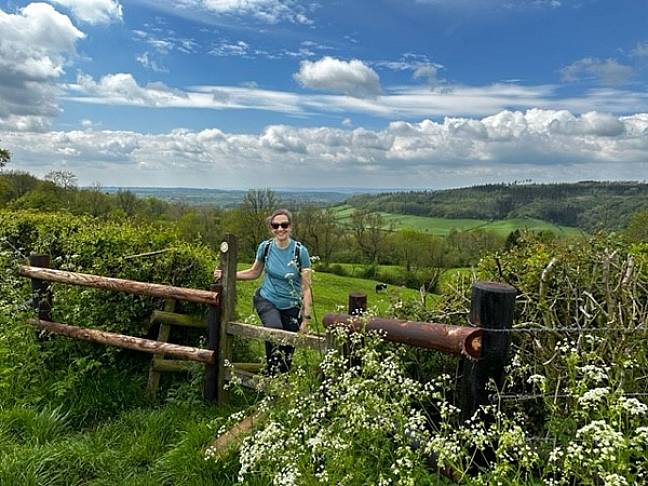

Choosing the Right Gear for Trekking to Everest Base Camp
When trekking to Everest Base Camp, having the right gear allows you to be well-equipped for any challenges and ensures you have a comfortable and successful adventure.
Clothing
Considering you don’t usually have a big luggage allowance when flying to Lukla, packing effectively is a must. The key to staying comfortable is adopting a layering system, including base layers, insulation layers, and outer shells. For your legs, thermal leggings paired with trekking trousers work well. On top, a base layer, microfleece, warmer fleece, and a duvet jacket (which Mountain Kingdoms provides for you) will keep you warm.
If you like tight-fitting lycra layers, that's fine, but remember to wear something over them as figure-hugging items of clothing can be offensive to locals. When travelling to unfamiliar places, it’s very important to be respectful of local customs and cultural sensitivities.
Since a large amount of body heat is lost through your head, a warm hat and the hood of your waterproof jacket are essential. Your waterproof jacket also serves as an excellent outer layer to protect against wind and rain.
Footwear
Well-fitted, waterproof, and sturdy trekking boots are essential for trekking to Everest Base Camp. Get your boots early and break them in by wearing them during your Everest Base Camp training. This helps prevent blisters and ensures comfort on the trail. Start with short hikes, gradually increasing the distance to adapt your feet to the boots. Training in your boots will make a significant difference in your trekking experience.
Essential Gear
When trekking to Everest Base Camp, essential gear includes a reliable backpack, trekking poles, and a quality sleeping bag. At Mountain Kingdoms, we provide a sleeping bag, a sleeping bag liner, and a down jacket. Trekking poles aid stability, while a comfortable backpack ensures you can carry your essentials with ease.
UV rays can be really high, so don't forget sun protection. Pack a sun hat, sunglasses, a neck covering, and SPF to prevent burns. When you prepare well, you set yourself up to enjoy your adventure to the fullest.
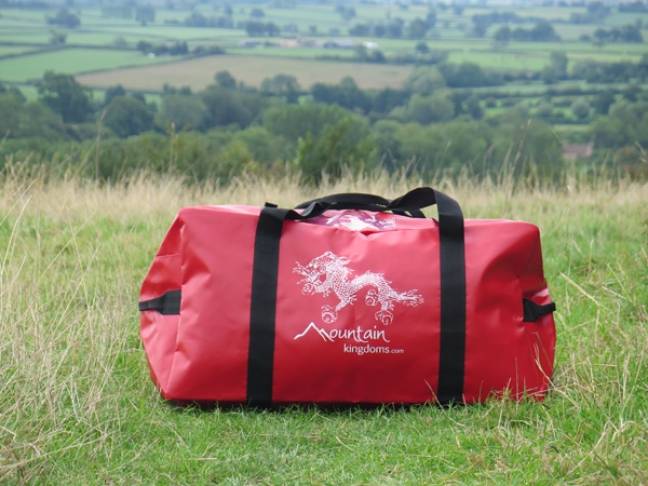

Pre-Trek Essential Checks
Medical
You need to ensure you are properly immunised for travelling in Nepal, so contact your doctor or travel clinic a minimum of six weeks prior to departure. Information is also available online at Fit For Travel. It’s also sensible to book a visit to your dentist a few weeks before your trip just to make sure there are no dental issues which may come back to bite you – so to speak!
Insurance
Comprehensive travel insurance is another essential and you need to ensure that your policy covers trekking up to 5,500 metres. Many policies exclude trekking or have very low height limits so it’s advisable to speak to your insurance company and get written confirmation that you are adequately covered well in advance.
Visas and Permits
All foreigners, except for Indian nationals, need a visa and passport to enter Nepal. A visa can either be easily obtained in advance from the Nepalese Embassy in London (currently £40 for a 30-day multiple entry visa) or purchased on arrival at Kathmandu airport for which you’ll need the equivalent of $50, ideally in cash.
Trekkers in the Everest region also need to be registered on the Trekker’s Information Management System (TIMS) and you will also need a permit to enter the Sagarmatha National Park (the Everest National Park). These will both be organised for you if you book your trek with us, and the cost will be included in the price of your holiday.
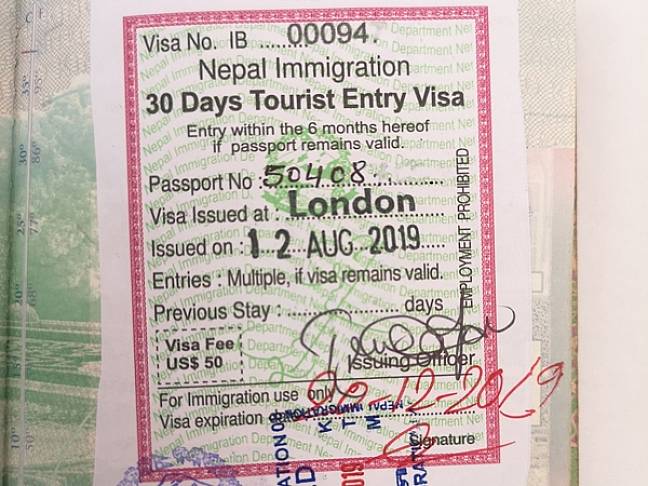

Summary
So, that's your essential information for preparing for trekking to Everest Base Camp. In part 2 of our guide, we'll cover the trail details, what to expect in terms of food and accommodation, tips for staying healthy, and how to travel responsibly.
In the meantime, discover more about our classic Everest Base Camp Trek and our Everest Base Camp in Style trekking holiday, or explore all our Everest treks. Remember, proper training for Everest Base Camp is the key to a successful and enjoyable adventure.
If you have any queries then just email our friendly team at info@mountainkingdoms.com, or call our travel experts on 01453 844400 who'll be very happy to answer your questions.
This blog was written by Kirsty Parsons who is a long-serving member of the Mountain Kingdoms Marketing team. Kirsty has travelled extensively in Europe, Asia and the Americas creating exciting holidays for Mountain Kingdoms as well as on her own adventures. A lover of walking and trekking she has completed the trek to Everest Base Camp, hiked into the Grand Canyon, walked beneath the peaks of the Dolomites, camped on the Great Wall of China and reached Machu Pichhu at the end of the Inca Trail. In fact, Kirsty joined the team when she returned from completing a trek to Everest Base Camp in the winter of 2005. Along with her passion for the great trails of the world, Kirsty often travels in search of wildlife. She has had many amazing encounters with creatures in the wild but amongst her most memorable are watching a wolf pack track a bull elk in Yellowstone National Park, getting up close to a sloth in Costa Rica and sharing a dining room with an elephant in Zambia. And although she likes nothing more than discovering new places and experiencing different cultures, she is equally at home in her campervan touring the beautiful mountains and coastline of Britain.